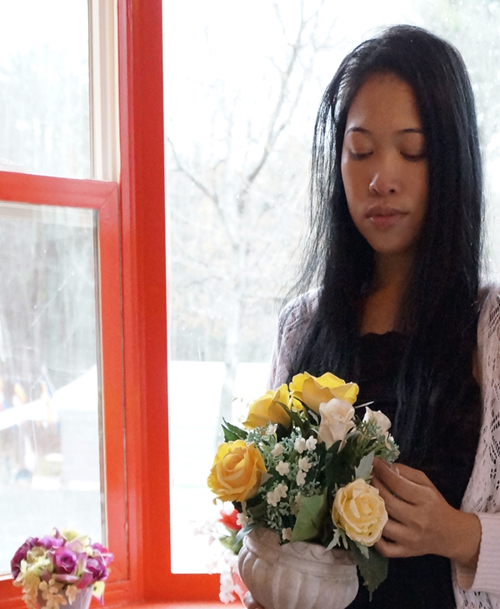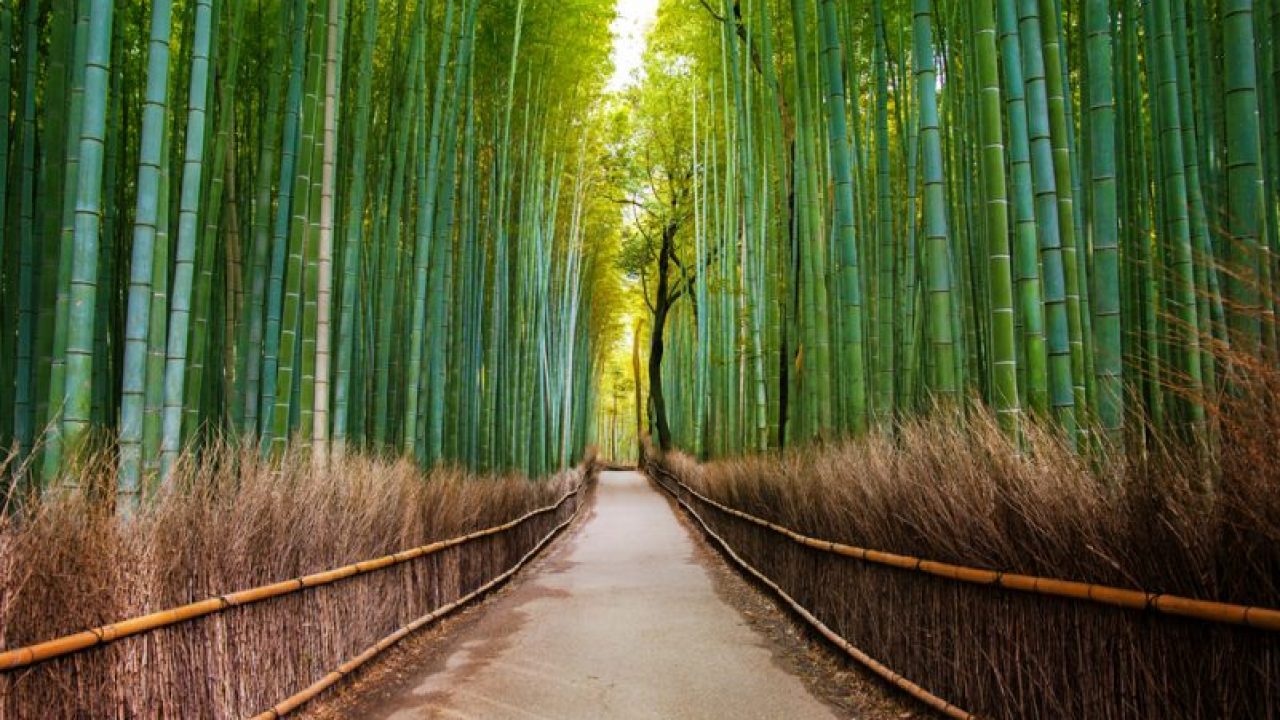The Story of Theri Kisagotami
Verse 114: Better than a hundred years in the life of a person who does not perceive the Deathless (Nibbana), is a day in the life of one who perceives the Deathless (Nibbana).
The Story of Theri Kisagotami
While residing at the Jetavana monastery, thc Buddha uttered Verse (114) of this book, with reference to Kisagotami.
Kisagotami was the daughter of a rich man from Savatthi; she was known as Kisagotami because of her slim body. Kisagotami was married to a rich young man and a son was born to them. The boy died when he was just a toddler and Kisagotami was stricken with grief. Carrying the dead body of her son, she went about asking for medicine that would restore her son to life from everyone she happened to meet. People began to think that she had gone mad. But a wise man seeing her condition thought that he should be of some help to her. So, he said to her, “The Buddha is the person you should approach, he has the medicine you want; go to him.” Thus, she went to the Buddha and asked him to give her the medicine that would restore her dead son to life. Continue reading












